Importance and limits of hardness in wound roll quality
Mar 2, 2021
Roll quality
Roll quality is defined by the following:
Roll finish
- Edge condition (even, no offsets)
- Surface condition (smooth, no rope marks)
- Cuts condition (clean, little or no dust)
- Roll roundness
- Roll width correct
- Roll diameter correct
- Proper roll separation
Roll structure
- Diminishing hardness distribution throughout the roll. This will yield the best runnability and shipability of a paper roll.
- The roll must be structured so as to be able to support its own weight and retain a round shape during the next converting process.
- The roll must be structured so as to be able to sustain reasonable impact and compressive loads during shipping and handling.
Hardness and separation
Paper roll hardness is dependent on paper characteristics and the tension distribution throughout the wound roll.
The winder is able to control tension distribution in the roll via the TNT's of winding, i.e. Tension, Nip load and Torque.
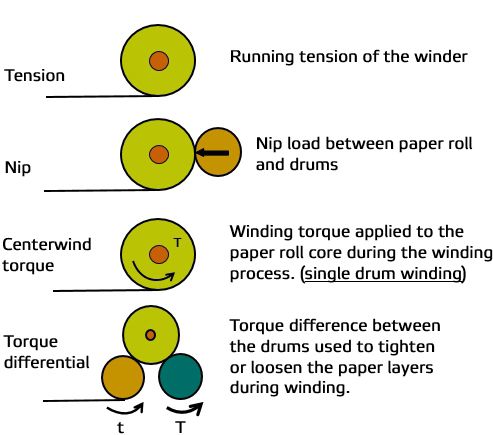
Figure 1 The TNT’s of winding
Paper roll hardness can be determined by measuring the density distribution throughout the wound roll. Therefore, density of the paper roll is also determined by paper properties and the tension distribution throughout the roll. The winder can compress the paper layers, which squeezes the air from between the layers, packing more paper in a fixed area. The winder can also decompress paper layers causing less paper to be wound into a fixed area. Density is measured in lbs/cubic foot in the USA (see Figure 2).
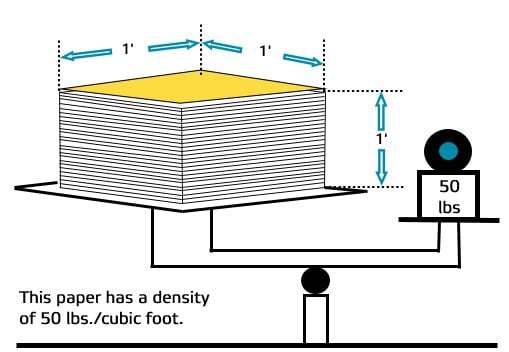
Figure 2 Measuring density
Figure 2 shows a stack of paper with a known volume being measured on a scale. The scale is balanced with a 50 lb counter weight, indicating the paper stack has a weight of 50 lbs and 1 cubic foot of volume.
In order to stand up to shipping, storing and handling, and run well on customer equipment (such as printing presses and converting machines), paper rolls must be wound with uniform or diminishing hardness from the core to the outside of the rolls (see Figure 3).
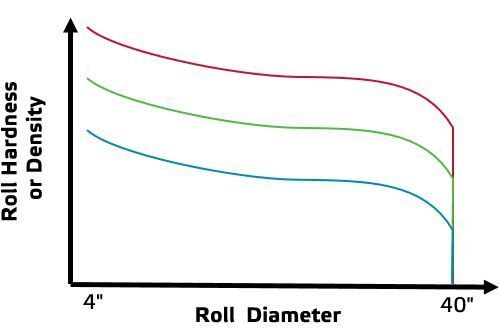
Figure 3 Typical range of acceptability for roll hardness
A good paper roll is wound with uniform or diminishing hardness from the core to the outside of the roll. The curved lines represent a typical range of acceptability for roll hardness.
In Figure 3 you will notice that the hardness is highest at or around the core. This is to insure that the paper will not slip on the core when it is re-processed. The core and the paper around the core must also support the full weight of the roll when re-processing occurs. If the roll is not wound hard enough around the core, the roll may start to gear during the next converting process. This would result in roll defects (see Figure 4).
Internal gearing of a roll takes place when the hardness around the core is so low that the paper layers above the core are compressed while the layers below are decompressed.
In Figure 3 you will see that the hardness tapers down as the roll diameter continues to increase. This taper in hardness insures that the layers in the larger diameters do not cause excessive compression of the layers in the smaller diameters (see Figure 4). If this should happen, the paper layers in the smaller diameter may collapse causing starring and/or burst.
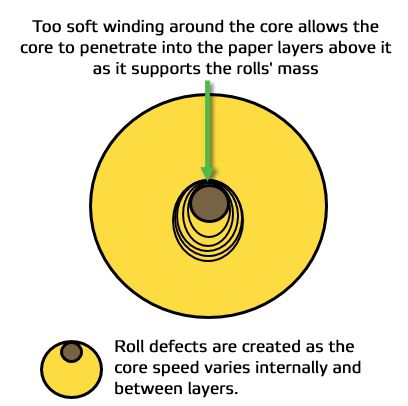
Figure 4 Internal gearing
Quick changes in the level of compression as the roll builds in diameter can generate cross machine forces due to Poisson’s ratio or other mechanical defects in the roll. Dishing or telescoping may result if the paper tensile strength or friction are low.
Figure 5 shows the complex interaction of forces that take place within the roll as it builds.
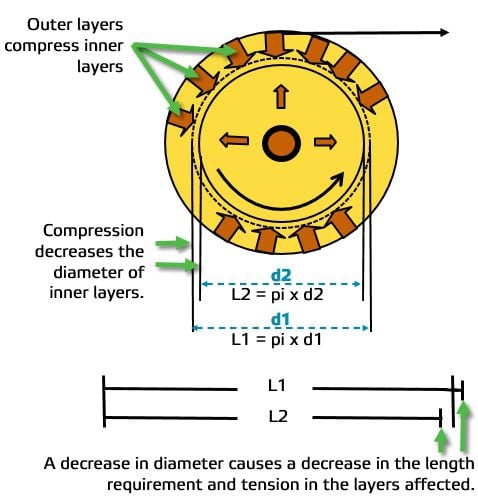
Figure 5 Forces taking place within a building roll
It should be noted that the decrease in roll hardness at the end of a set, desired for reasons of being shippable, may excite cross machine thrust as compression and tension levels change. A balance must be maintained between tension, compression and thrust forces.
A major cause of cross machine thrust is thought to be changes in roll hardness. As roll hardness increases or decreases, the compression and tension will change. The amount of force generated is dependent on paper properties and Poisson’s ratio (see Figure 6). Figure 6 shows that a web of paper put under tension will narrow. If that tension is released the web will return to its normal width. This is a physical phenomenon which will occur when a material is put under tension.
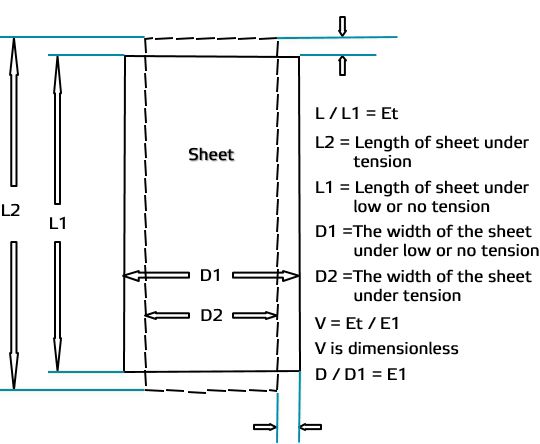
Figure 6 Poisson strain / ratio
Poisson’s ratio gives us a way to predict the amount of narrowing or widening that will occur as tension levels applied to a web change. The relationship between compression and tension internal to a roll is very complex due to paper properties and the forces involved.
The tension level applied to the sheet between the unwind and the drum will cause the web to narrow. Once the paper passes through the rear drum nip, the circumferential tension can be increased or decreased. If the web tension or the wound-in-tension (WIT) is decreased too much, the sheet will widen as the roll builds. As the web widens, it may press against an adjacent roll. It is this widening and pressing that is thought to be responsible in part for cross machine thrust.
In Figure 3 also notice that the hardness or density tapers off rapidly toward the final roll diameter. This is done to insure that the roll outer diameter will be flexible and able to take physical abuse from clamp trucks, roll stops or other devices that will contact the roll during the shipping and handling process (see Figures 7 and 8). If the internal hardness of the roll is too low, then the inner layer will collapse causing a defect in the roll.
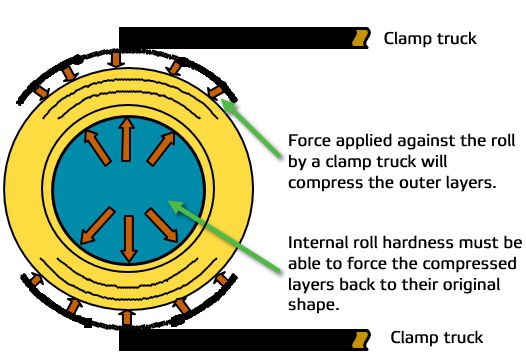
Figure 7 Forces applied to a paper roll by a clamp truck
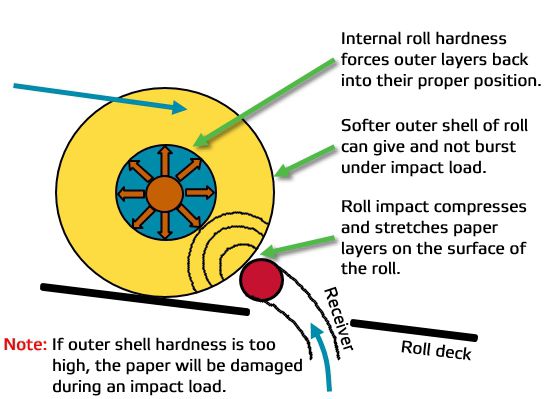
Figure 8 Forces applied to the roll by a receiver on a roll handling system
In addition, the rolls must be separated from each other during winding so that they don't become interwoven together. Proper roll structure insures that the layers will not interweave or run together.
Other spreader related defects are also easier to manage when the roll is built properly.
Limitations
There are some practical limits to the level of hardness present in any roll. There are also limits as to how much the level of hardness can be affected on the winder. Careful study of the roll structure and optimization of the TNT's of winding are necessary to insure a high quality roll structure.
Defects
Rolls must be hard enough to avoid loose cores, "baggy socks" rolls, out-of-round rolls and other problems associated with lack of hardness. On the other hand, rolls must not be wound excessively hard to cause telescoping or dishing of the ends, or any type of shear bursts or roping.
Optimum range
For any given grade and weight of paper, there is an optimum range of hardness that will yield high quality rolls capable of running properly on customer equipment and withstanding the forces of shipping, storing and handling. The specific amount of hardness desired for any given roll may vary according to customer needs. But the requirement of uniform or diminishing hardness will remain the same: The roll should never be harder on the outside than it is near the core; instead the hardness must remain uniform or diminish slightly from the core toward the outside of the roll.
Factors affecting hardness on two drum winders
Web tension, rider roll pressure and drum torque ratio can all influence the hardness of rolls. Web tension also influences the amount of roll separation (see Figure 9).
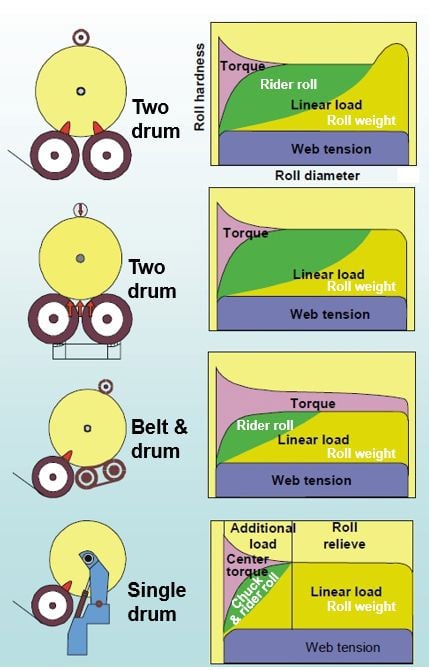
Figure 9 Use of winding parameters, based on winder type
For assistance winding high quality rolls with well-controlled roll hardness, contact your Valmet representative.